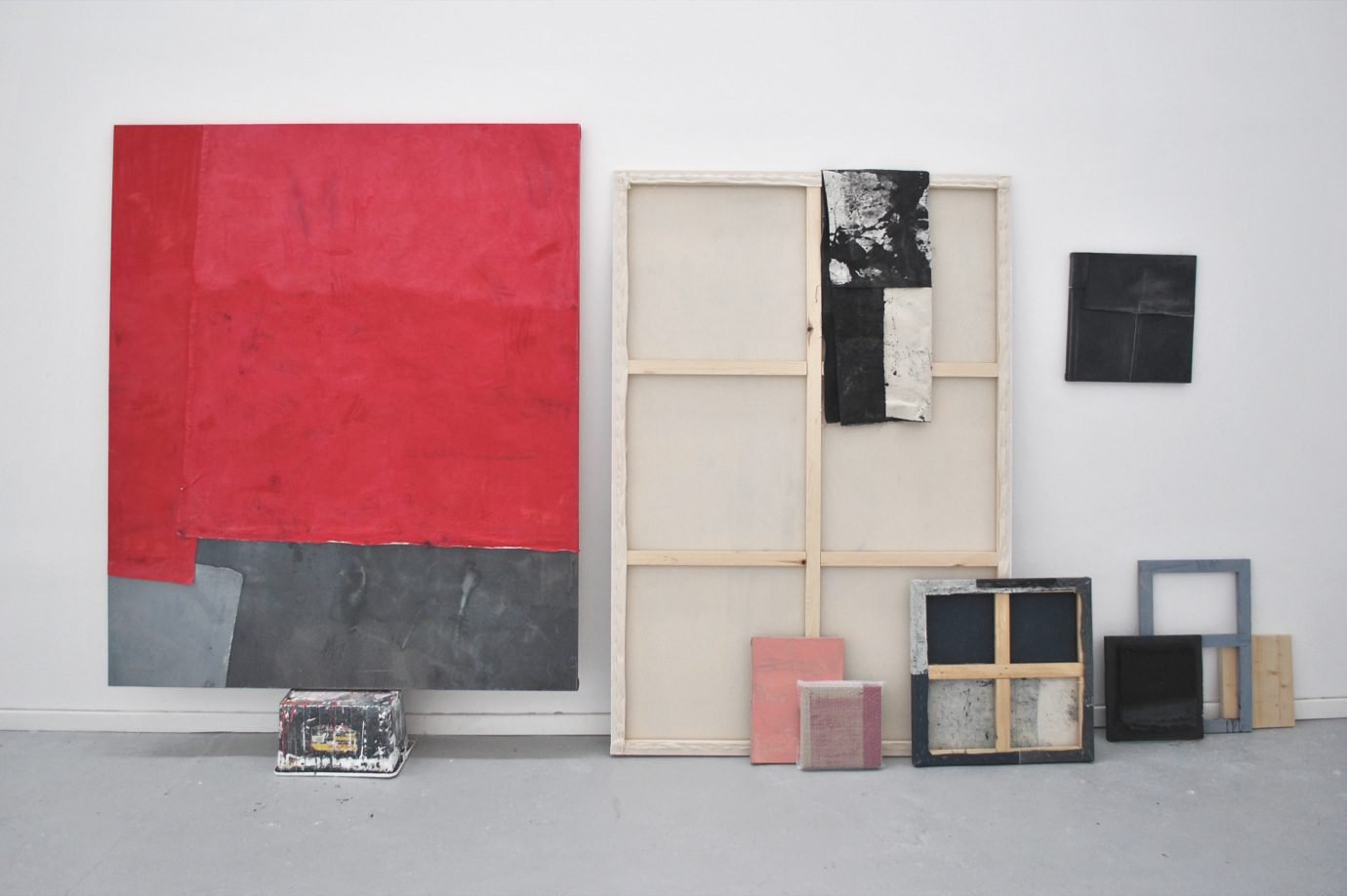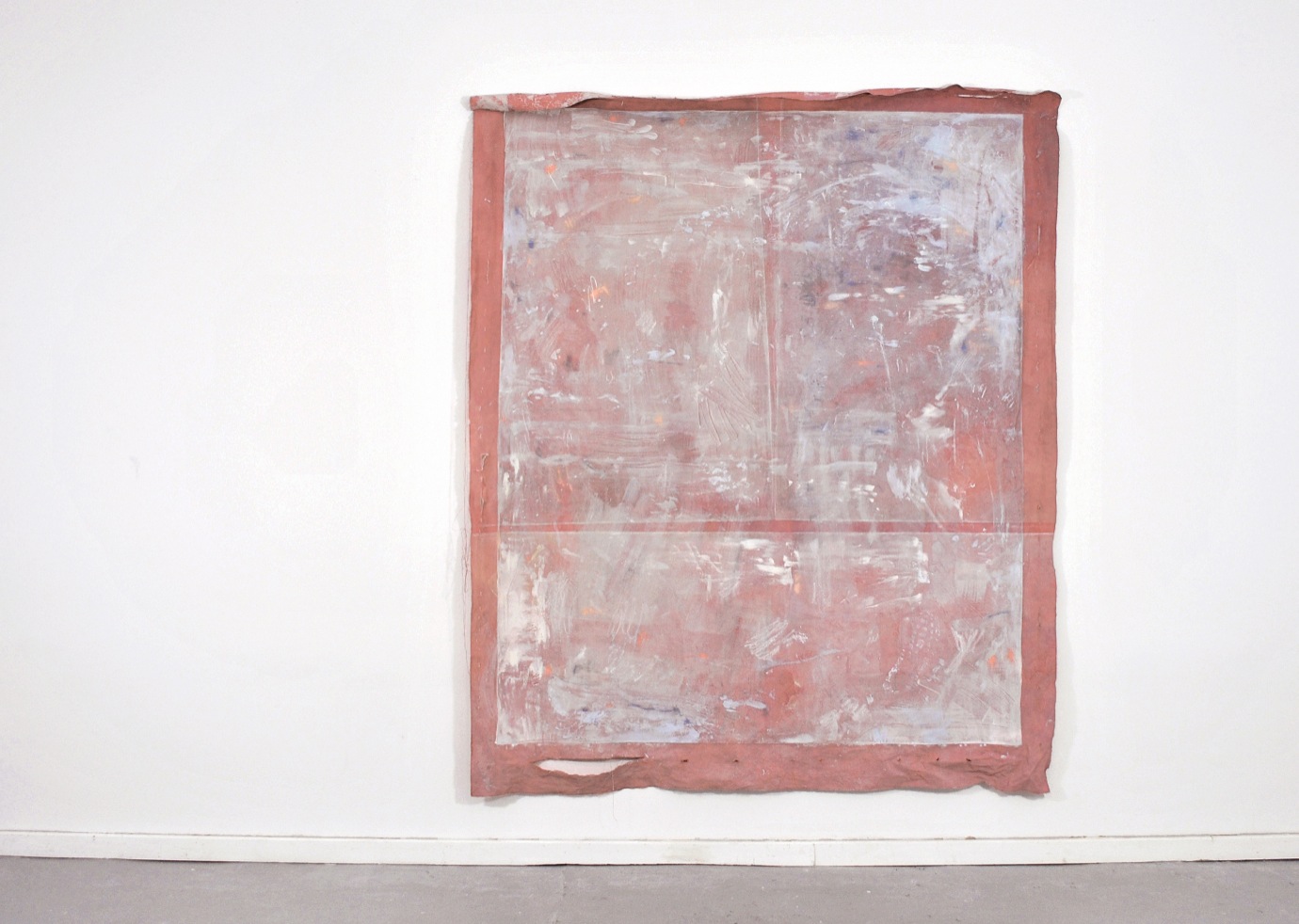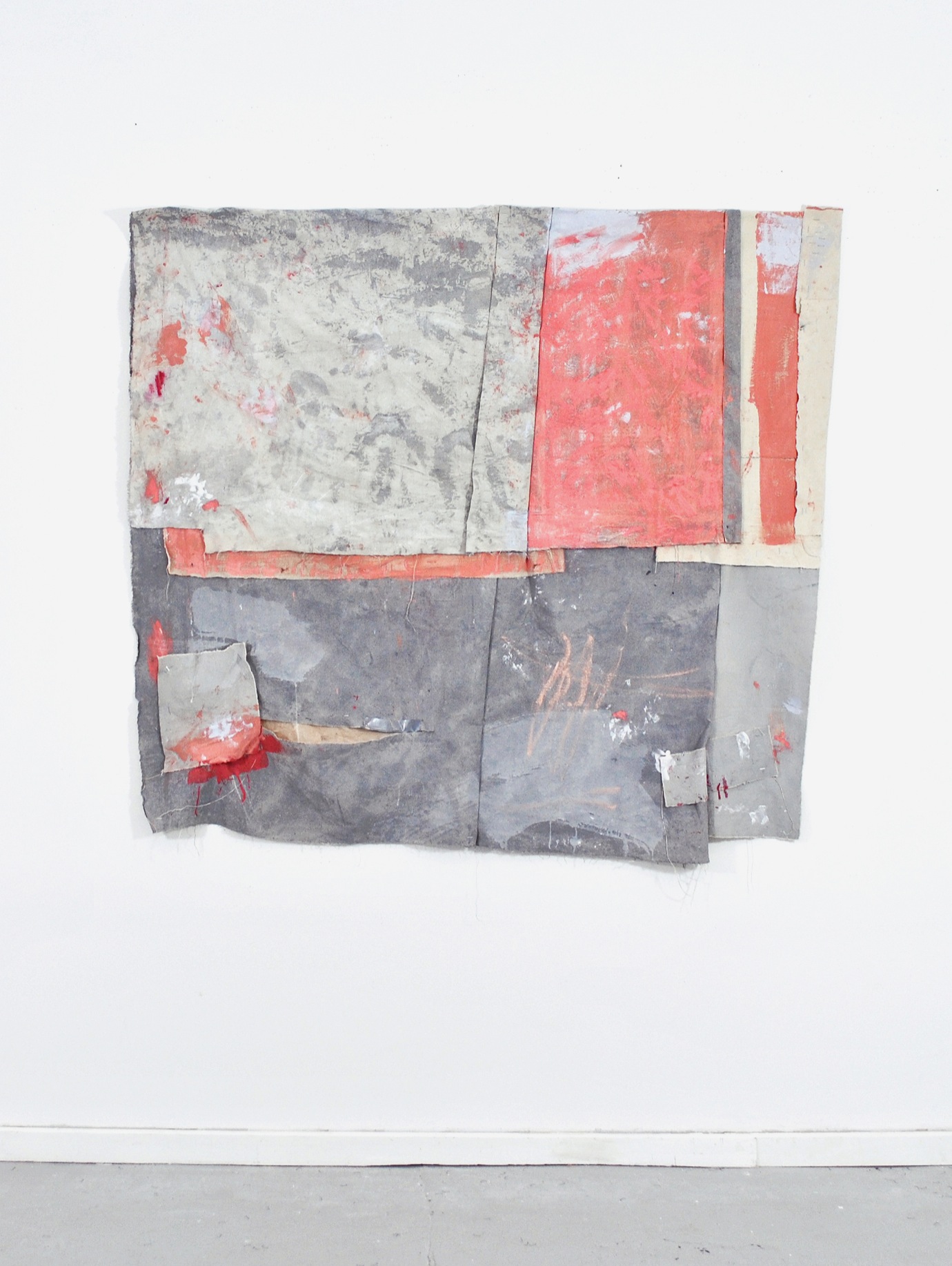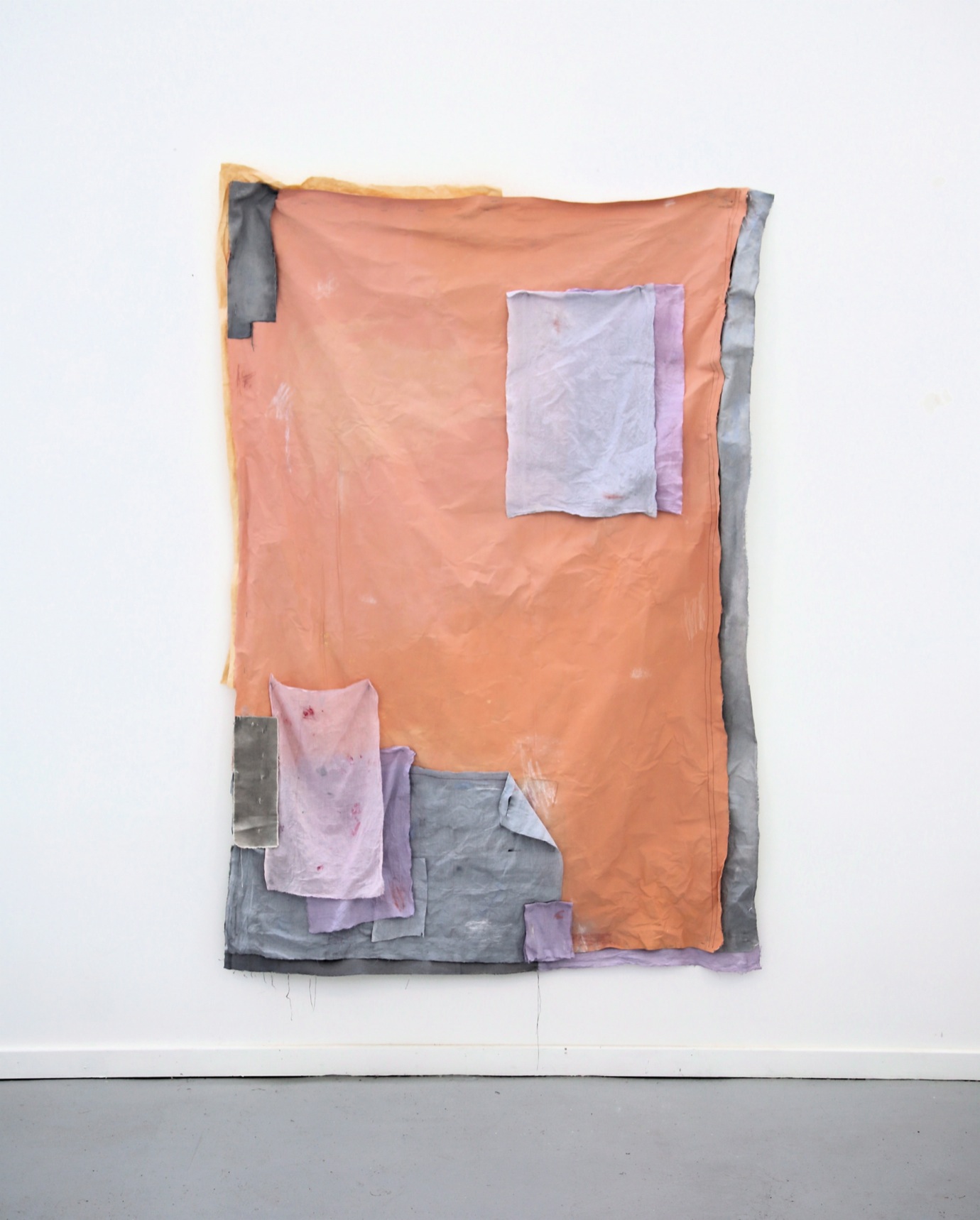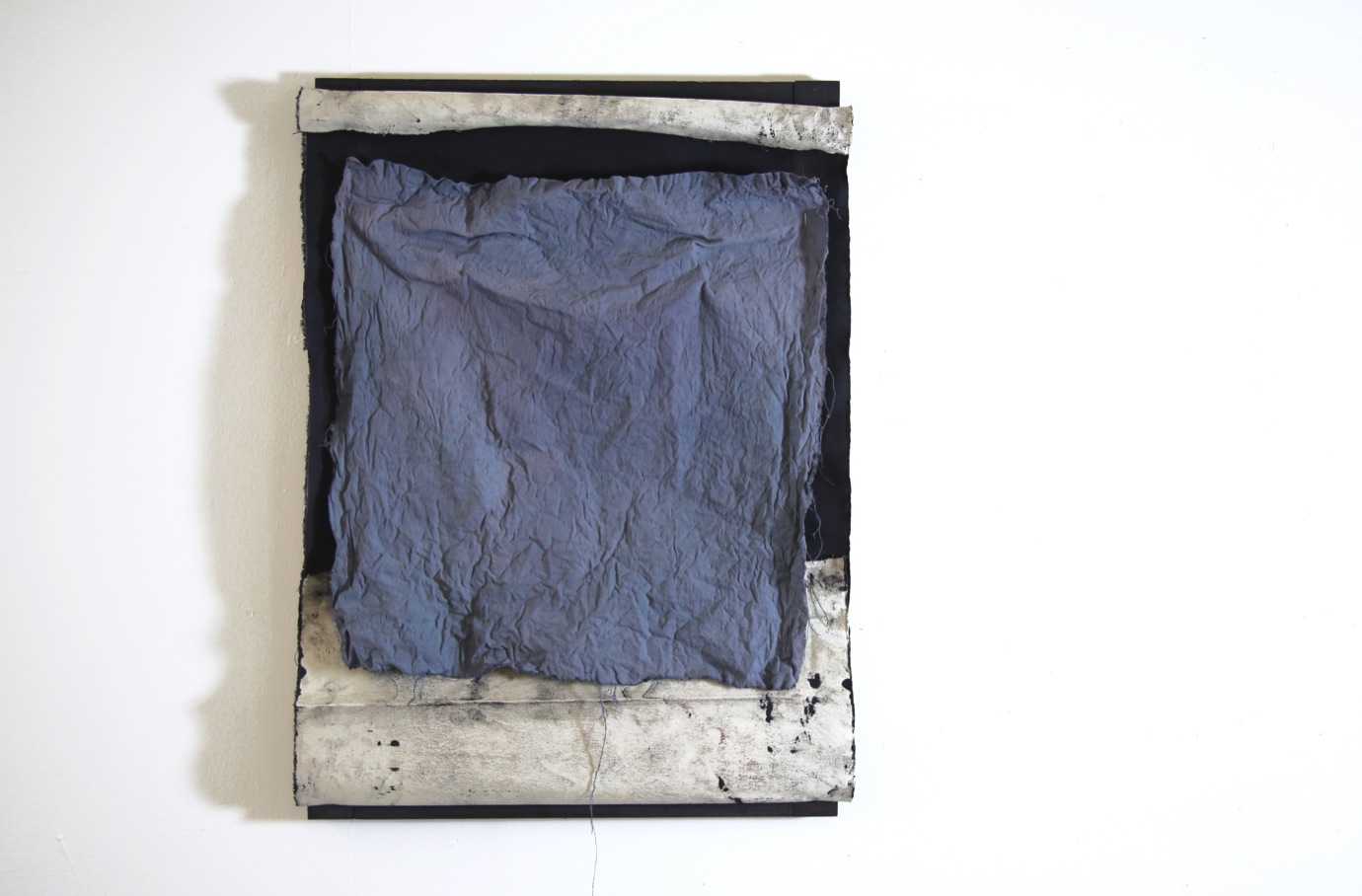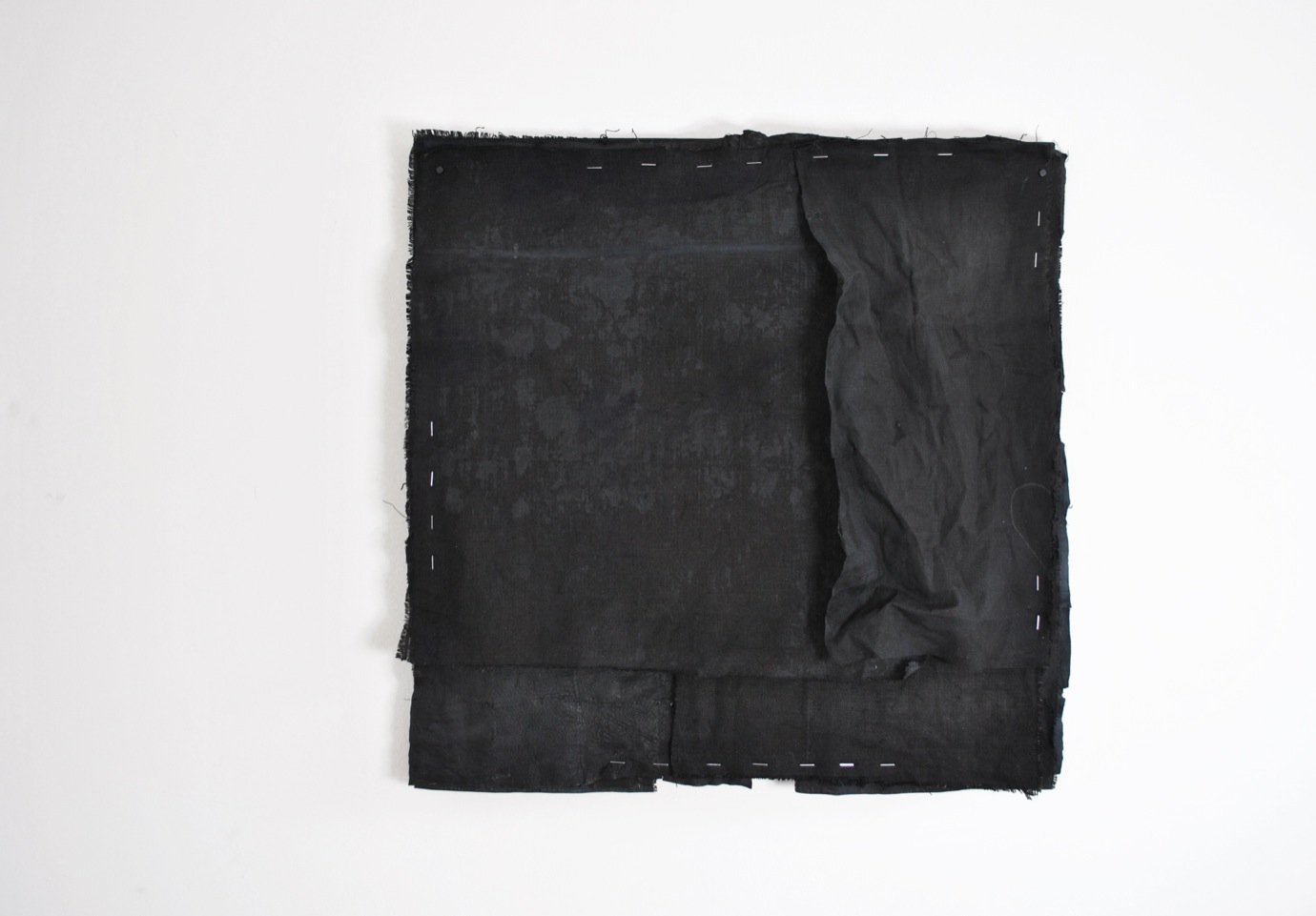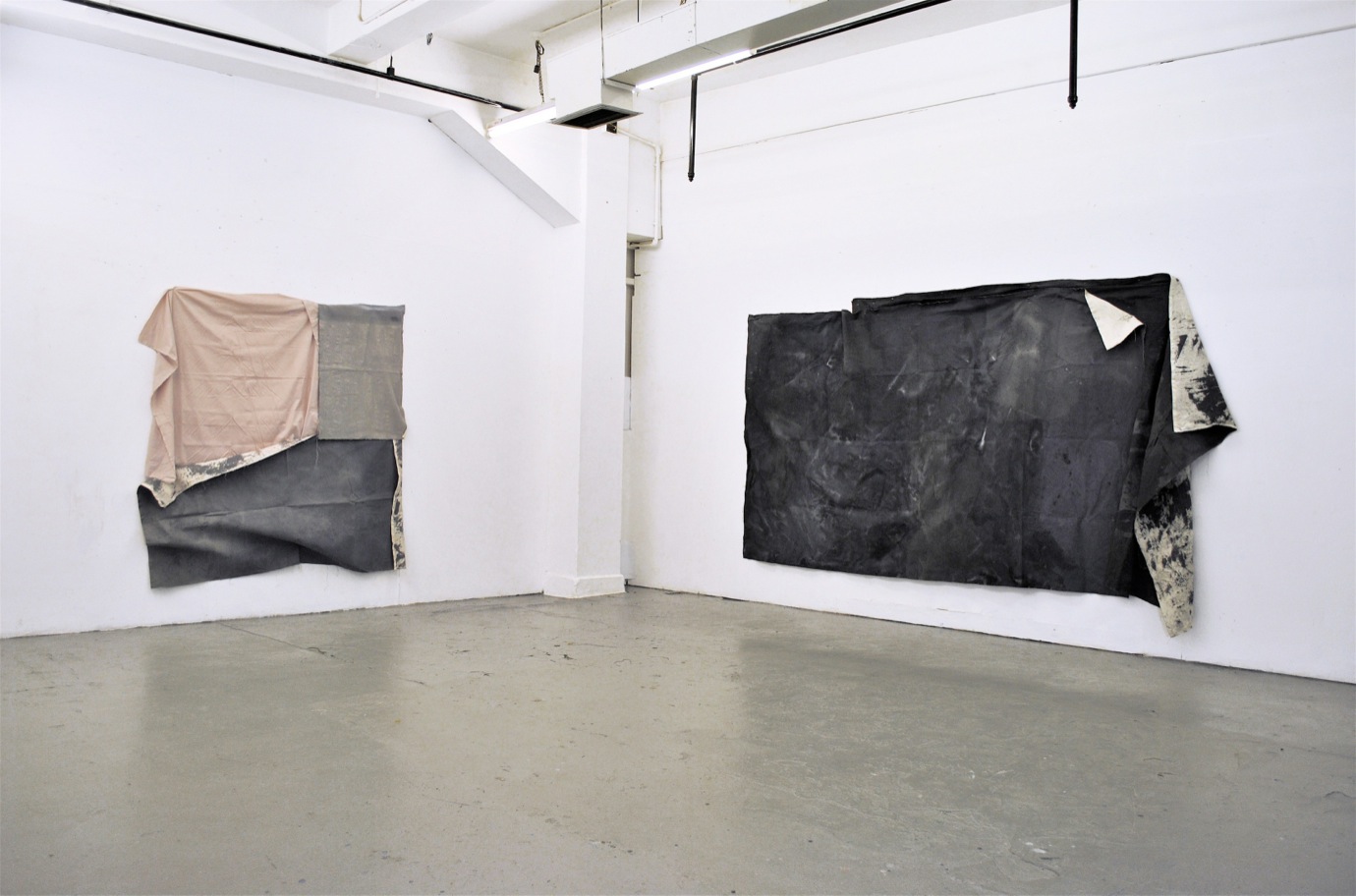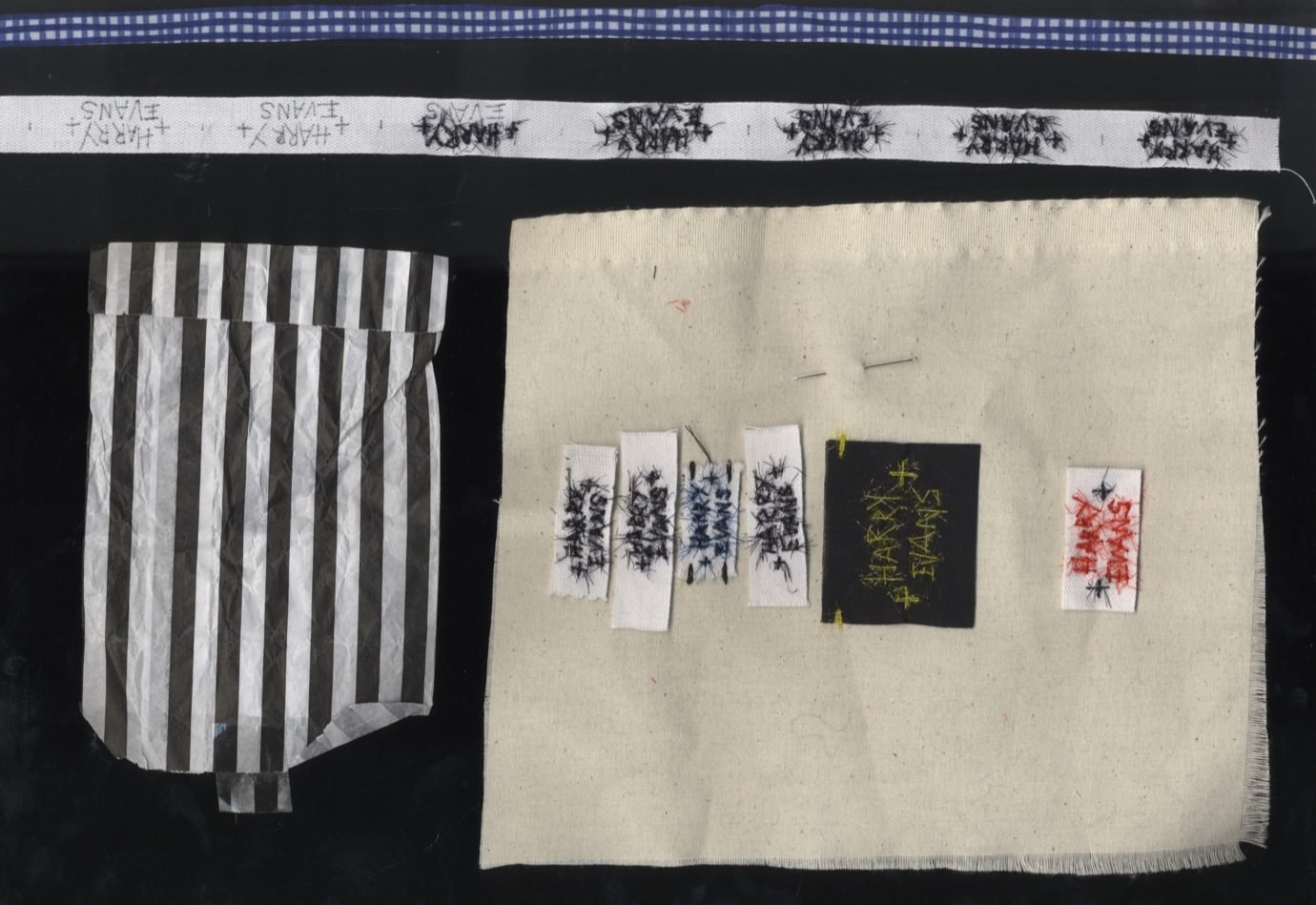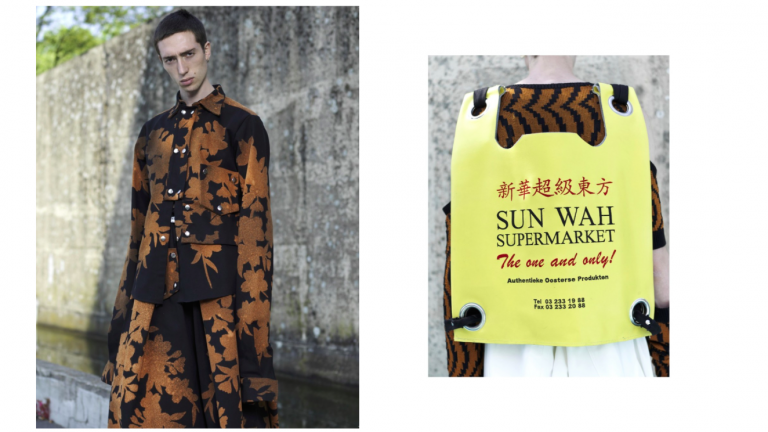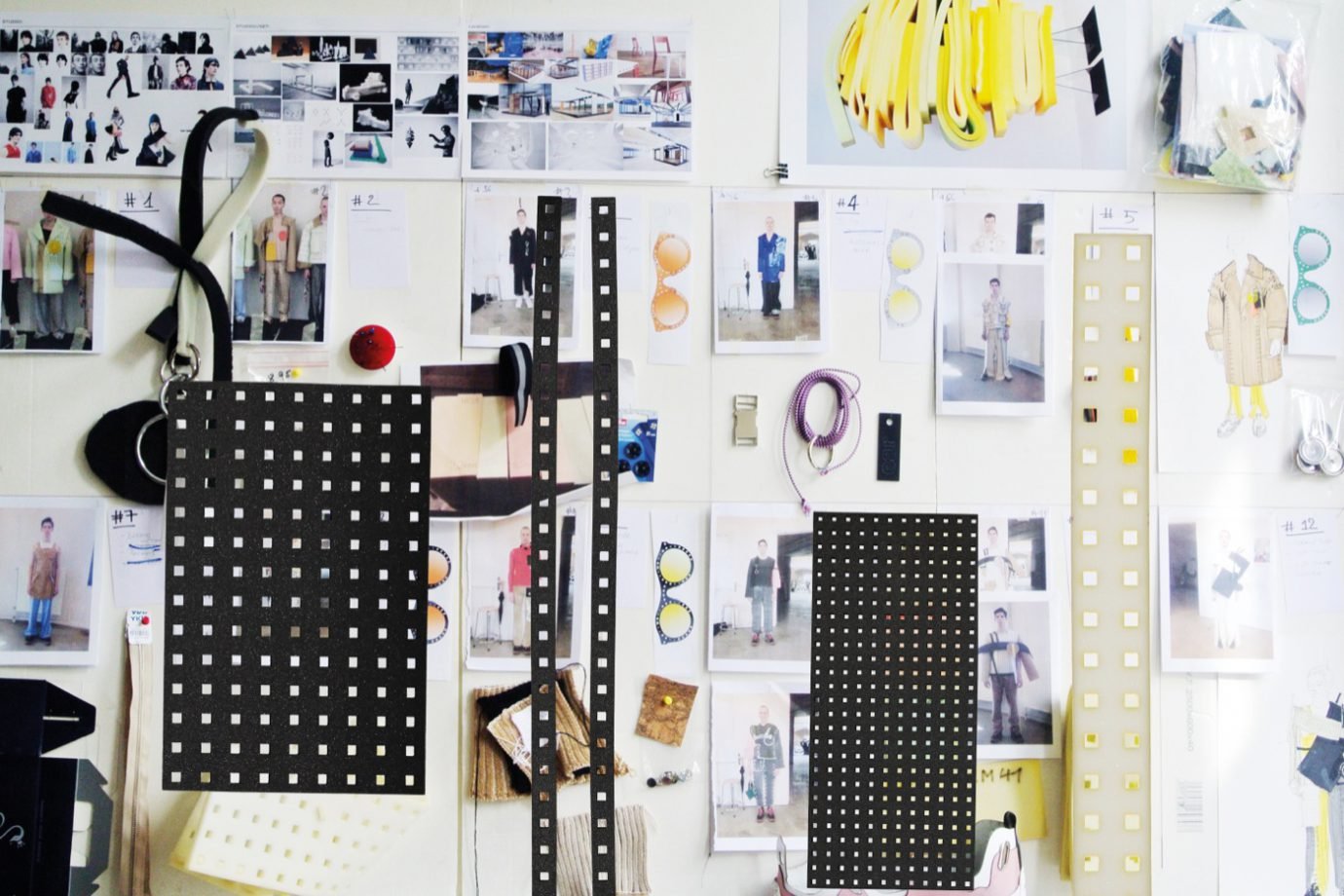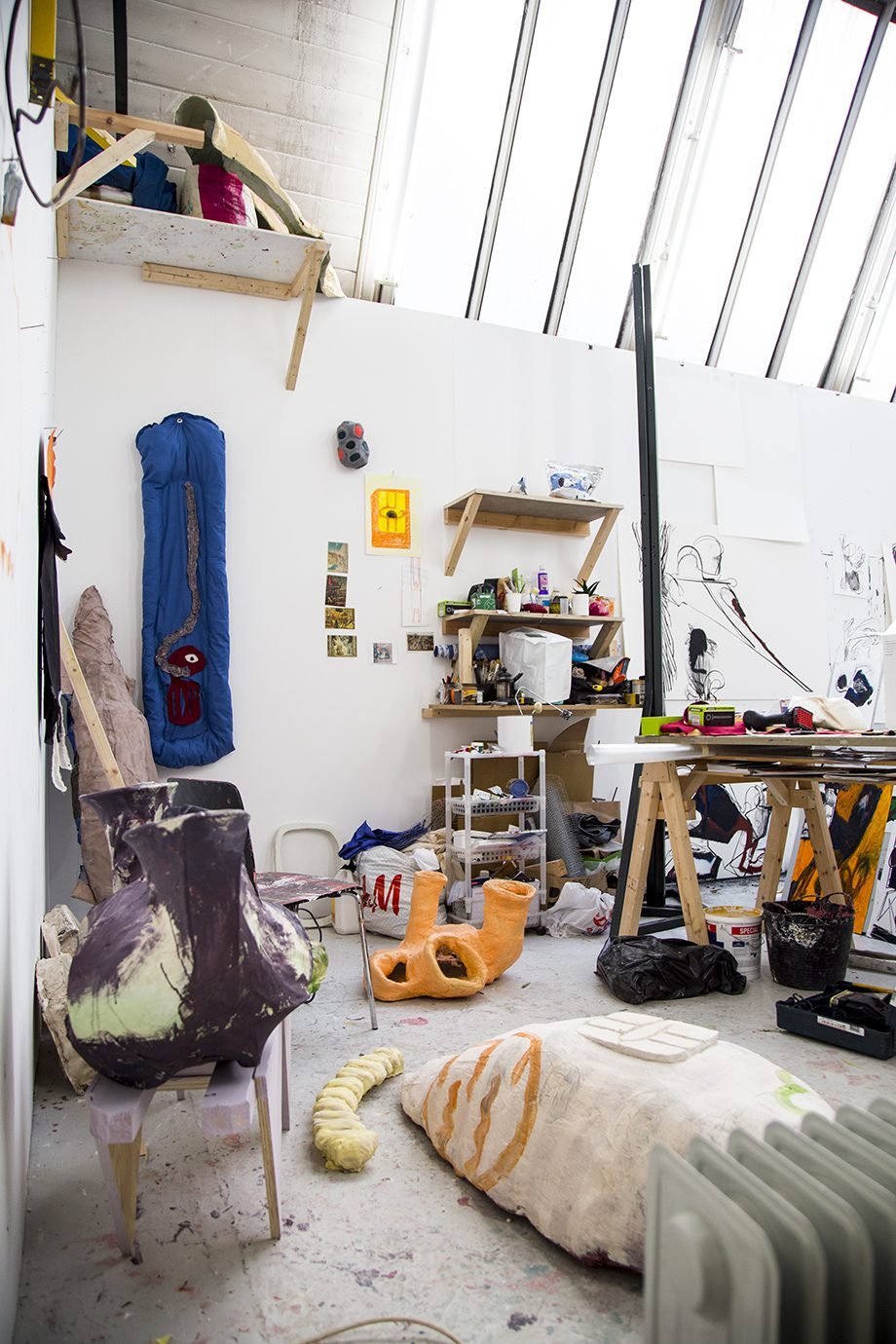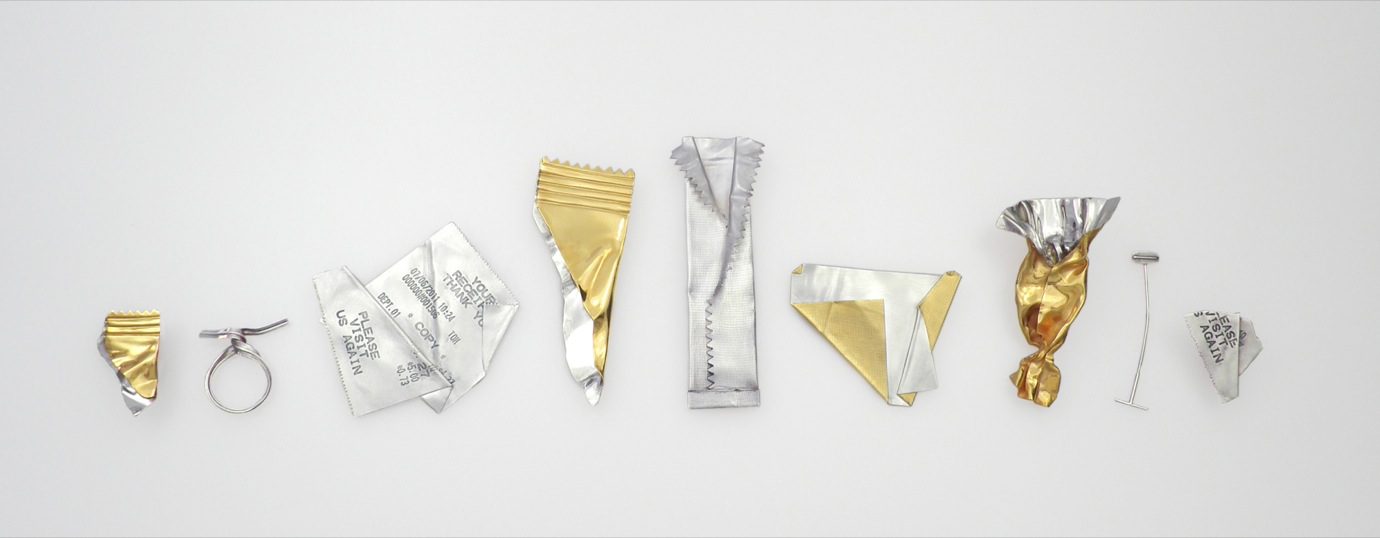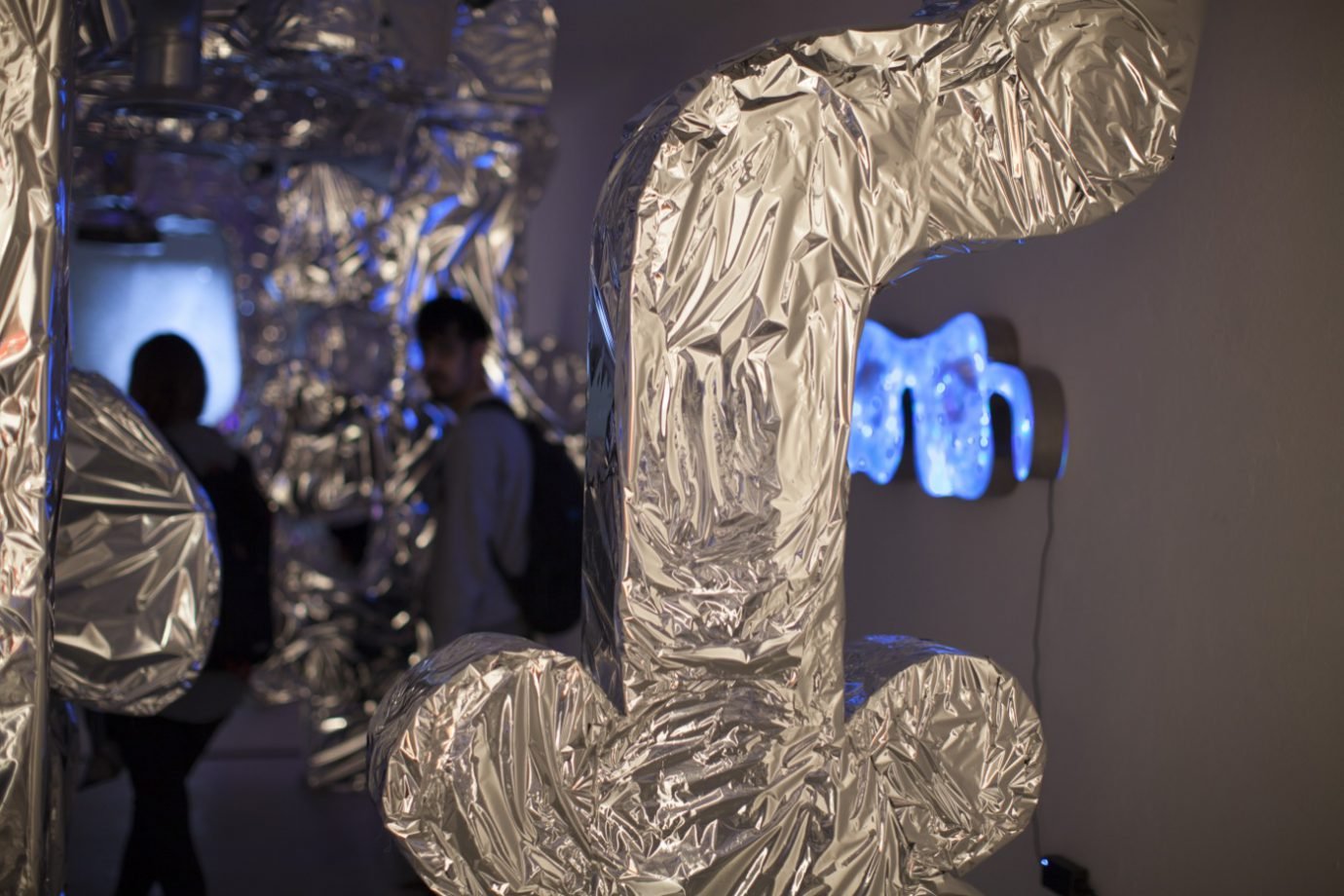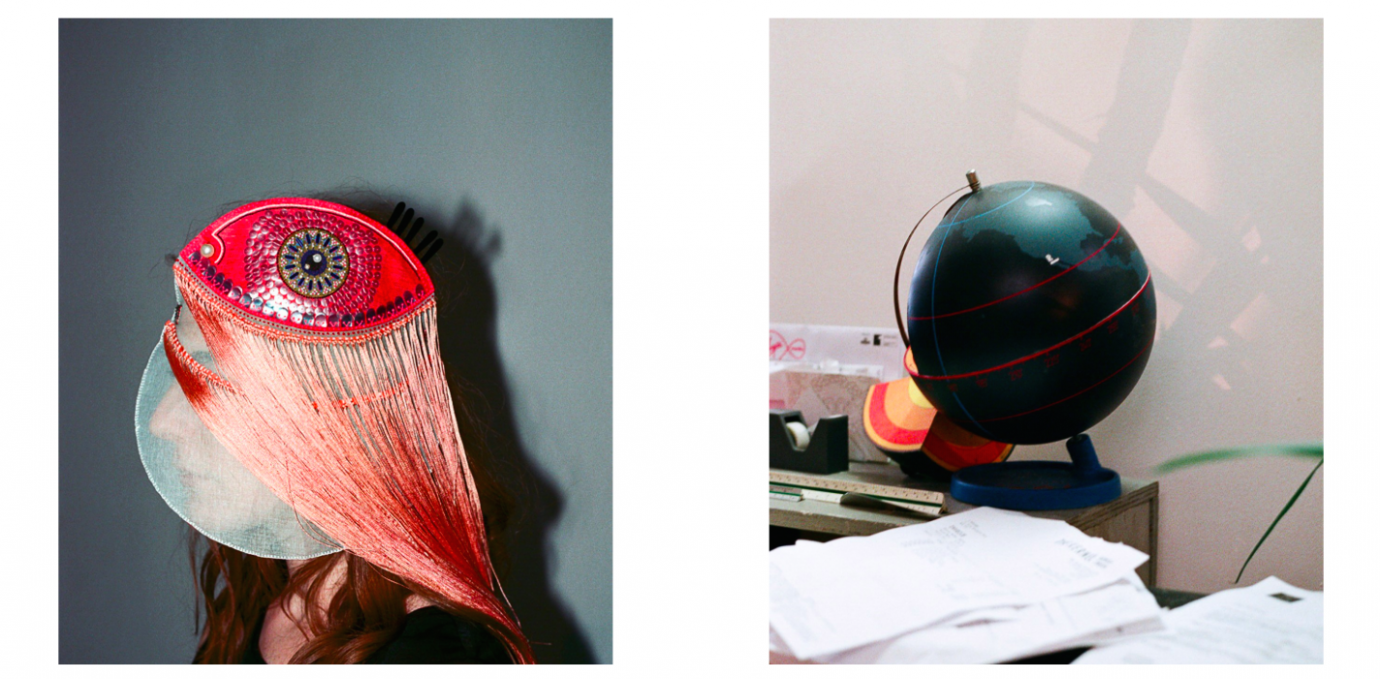“MISTAKES CAN TURN INTO SUCCESSES THAT YOU DIDN’T THINK WOULD OCCUR.”
Could you tell us a bit about your creative process?
My art practice explores the physicality of painting and the evocative potential of both structure and materiality. I work mainly with unstretched canvas, cotton and linen, exploring how folds, creases, layers and movement within the materials can not only act as a form of mark making, but also reference the body. I’m interested in what can be identified as masculine and feminine aspects of materials, and in exploring the relationship between these polarities. I engage with how the sensual immediacy of paint can affect the way we experience materials. My work aims to go beyond the boundaries of the traditional ‘frame’ in order to amplify the physical presence of painting, whilst still continually referencing its history as a medium.
How has life been now that you have graduated?
It took a couple of months to adjust after finishing my Masters, which I think is the same for everyone! I have been fortunate to get a studio in a building full of great artists, which is a very communal and open place to be. This has helped to bridge the gap between the busy open plan studio life at CSM and being alone in a closed off studio. I now have the best of both worlds by being in a place where there are always people around to talk to, but yet still having that independence and quiet to work in.
Being able to discuss my work with others is a massive part of what helps me move forward with my practice. And what I probably miss most about CSM is not having regular exchanges with my tutors and course mates or being able to ask their opinions.
With regards to research — what form does this usually take?
My research is very much rooted in the physical activities of seeing and doing: I visit a lot of shows, go to other artists studios and try to engage as much as possible with what is going on in the London art world.
Sitting with a book or at a computer is necessary to get information, but that is limited for me, as there is only so much that reading and researching on the Internet can give you. It’s really important for me to connect with physical environments. There is richness to being in places where exciting things are happening – to me this can’t be underestimated because people’s passion is infectious.
For example, I recently got back from L.A. where the young contemporary art scene is really buzzing. After visiting many small artist-led spaces, newly opened galleries and seeing what people are doing over there, I came back to my studio with a renewed excitement for making work.

